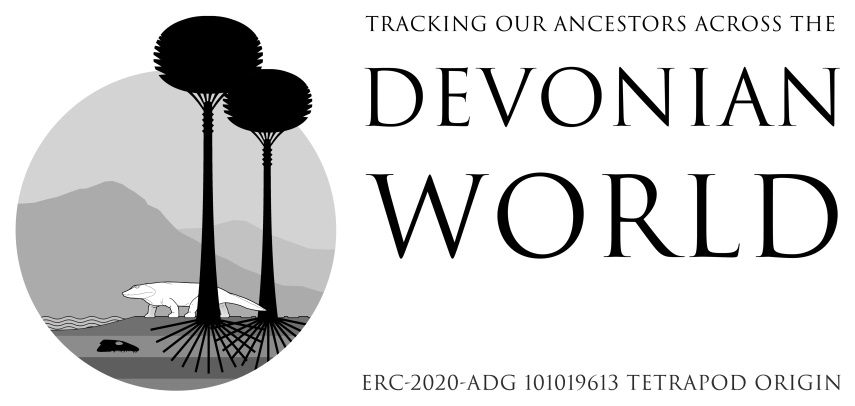
Our Disciplines, Methods and Techniques
Field Expeditions
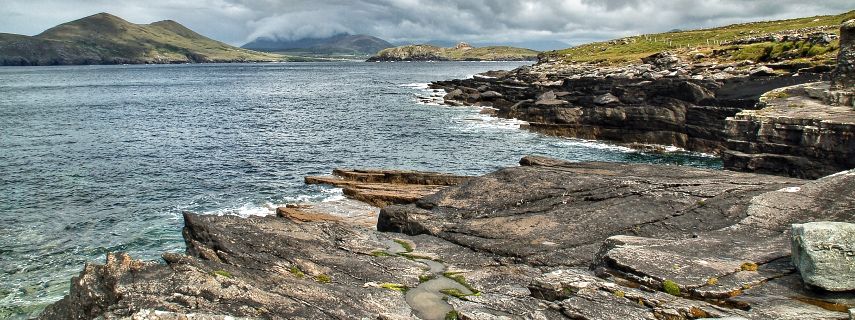
Although the world’s museums house a substantial body of material from early tetrapods and their relatives, there's a great need for more - and in particular for more systematic data gathering at the localities. To secure new research materials, we engage in palaeontological expeditions to localities in Ireland, Greenland, Poland, Scotland and Australia. We had also planned fieldwork in northern Russia, but regrettably the outbreak of war has now made that impossible. Importantly, this isn't Indiana Jones-style treasure hunting for spectacular fossils (though we are always happy if we find those!) but rather a systematic gathering of data that together build up a picture of the environment and its inhabitants. The different kinds of data we collect are set out below. After the research is completed, the newly described fossils will be curated in public repositories in their countries of origin, where they are available for future research projects.
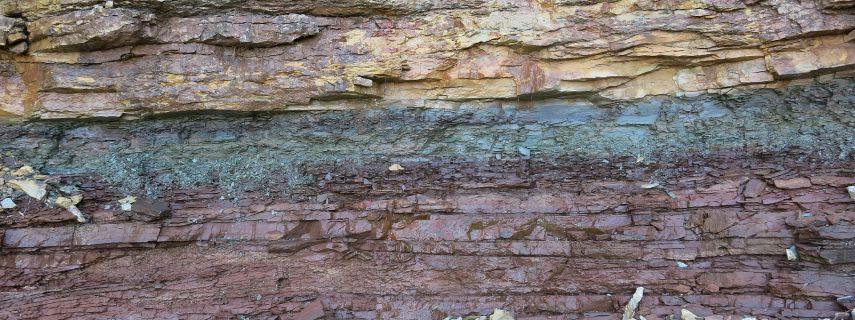
Sedimentology is the branch of geology that studies the formation and composition of sedimentary rocks. Sediments preserve fossils but also form an archive documenting the environments and conditions in which they were deposited. Stratigraphy considers relations between multiple sedimentary layers in time and space, allowing us to determine their relative ages. Sedimentology sets the scene for our other data: for each locality it gives us the outline of an ancient landscape at a particular point in geological time.

The elemental, mineralogical, and isotopic compositions of sedimentary rocks reflect the circumstances under which they formed. Certain chemical characteristics of sedimentary rocks can be employed as palaeothermometers or indicators for salinity, oxygen or carbon dioxide levels, and many other properties. Biogeochemical proxies provide gauges for bioproductivity patterns, nutrient availability, trophic pathways, food web relationships, and other circumstances that relate to biological and ecological processes. Importantly, we can also get these kinds of data directly from the bones of the animals themselves, allowing us to determine for example whether different animals found together really lived together all the time or whether they had different environmental preferences. Geochemistry thus allows us to understand aspects of the environment and the lives of the animals that would otherwise be completely lost to us.
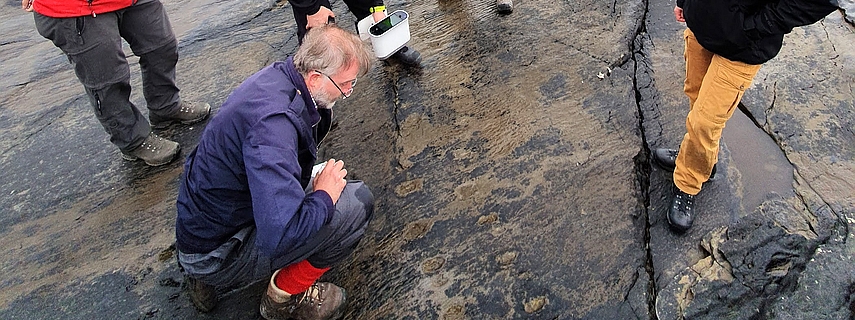
Trace fossils such as footprints and trackways, burrows, and feeding traces preserve ancient behaviour. They are the most evocative of fossils: mere impressions in the sediment, but effectively short fossilised film clips of living animals. Our project has a substantial focus on tetrapod trackways, as these are an extremely important data source for understanding the fish-tetrapod transition. They provide direct insights into the locomotory capabilities of these animals, and the oldest tetrapod tracks are substantially older than any tetrapod body fossil. We are also interested in non-vertebrate traces such as arthropod tracks and burrows, which flesh out the picture of the ecosystem. Traditionally, trace fossils have been studied by tracing, photography or casting, but we use surface scanning to capture their full 3D shapes.
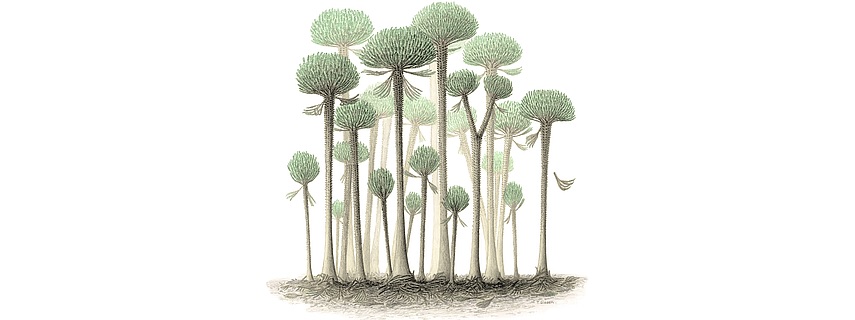
Palaeobotany is the branch of palaeontology that studies plants. It is of particular interest in relation to the Devonian world, because this was the time when land vegetation evolved with extraordinary rapidity from matchstick-sized plants in wet environments to landscape-mantling forests of towering trees. This change had a profound impact on the terrestrial environment, including such things as flow regimes in the rivers (clearly seen in the sedimentary record, where mud becomes more abundant), and was almost certainly directly linked to the origin of tetrapods. Palynology is a closely related discipline that investigates plant pollen and spores. These are widely dispersed during the reproductive processes of plants and fungi and are present in a wide variety of sedimentary deposits. They can tell us about the flora and environment, and how they changed over time, as well as helping to date the sediments.
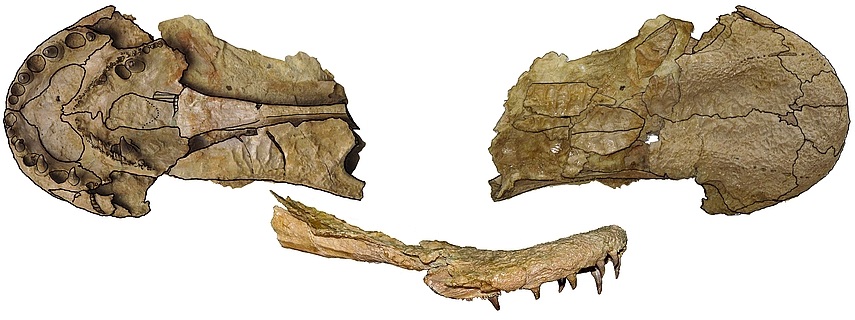
The core of the project is vertebrate palaeontology, the study of fossil animals with backbones. Vertebrate palaeontology, like all other palaeontological disciplines, resides at the intersection between geology and biology. A solid understanding of the geological context and properties of fossils is therefore as important as the subsequent palaeobiological interpretations. Comparative anatomy and morphology take cues from the shapes and organisation of body parts to interpret and reconstruct the appearance and evolutionary relationships of these extinct animals. Biomechanics links structure, function, and motion in the skeleton to model locomotory strategies and other physical behaviours - an area of particular interest in relation to the earliest tetrapods. On the microscopic scale, palaeohistology investigates and interprets the microstructures of fossil bones and teeth as indicators for growth, physiology, and function.
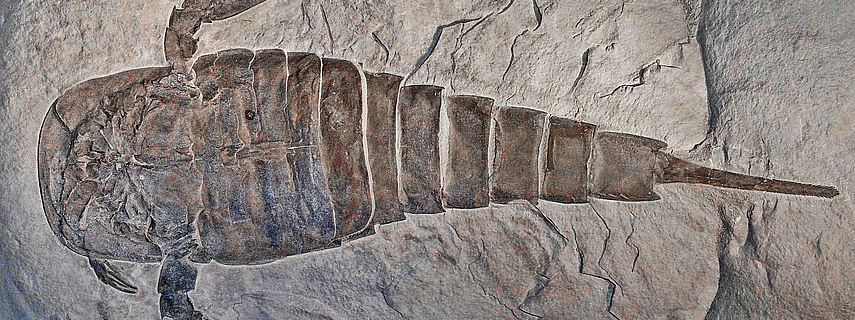
The core of the project is vertebrate palaeontology, the study of fossil animals with backbones. Vertebrate palaeontology, like all other palaeontological disciplines, resides at the intersection between geology and biology. A solid understanding of the geological context and properties of fossils is therefore as important as the subsequent palaeobiological interpretations. Comparative anatomy and morphology take cues from the shapes and organisation of body parts to interpret and reconstruct the appearance and evolutionary relationships of these extinct animals. Biomechanics links structure, function, and motion in the skeleton to model locomotory strategies and other physical behaviours - an area of particular interest in relation to the earliest tetrapods. On the microscopic scale, palaeohistology investigates and interprets the microstructures of fossil bones and teeth as indicators for growth, physiology, and function.
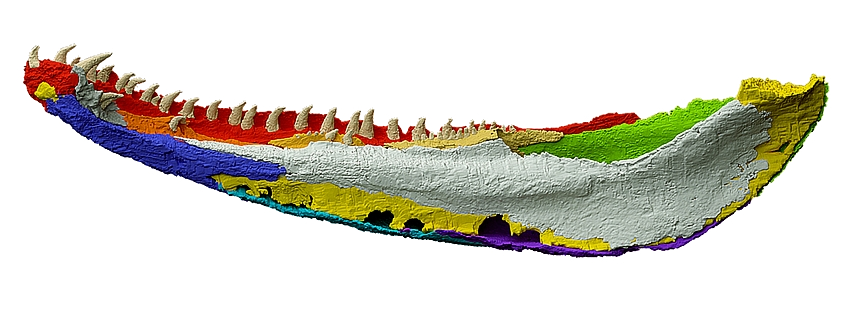
Most fossils are three-dimensional objects that hide a wealth of information below the surface. In the past, this internal morphology has largely been inaccessible, except by sectioning the fossils, which of course is very destructive. The most extreme development of the sectioning approach was the serial grinding technique perfected during the 20th century by Erik Stensiö at the Swedish Museum of Natural History in Stockholm, whereby specimens such as early vertebrate skulls were ground down, a quarter of a millimetre at a time, and the sequences of cut surfaces were used to create wax models of the internal anatomy. Although this valuable work remains informative, the process was extremely slow and the fossil skulls were completely consumed in the process - not an acceptable approach for studying unique fossils! We use synchrotron microtomography, carried out at the European Synchrotron Radiation Facility (ESRF) in Grenoble, France, as a modern non-destructive equivalent. This allows us to completely dissect the fossils in 3D without even touching the physical specimens. In this way we are able to get far more information out of the fossils than has ever been possible in the past.
